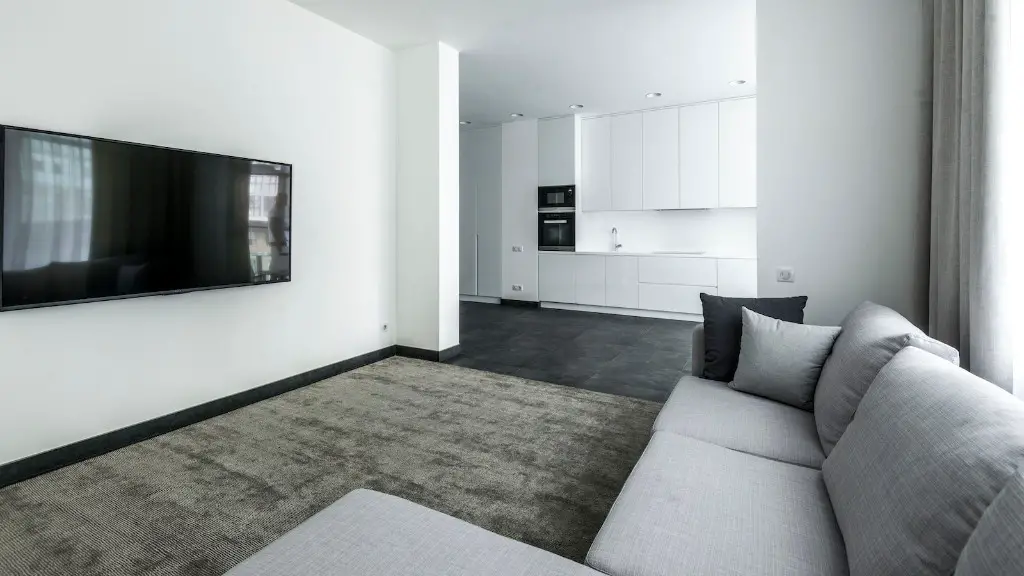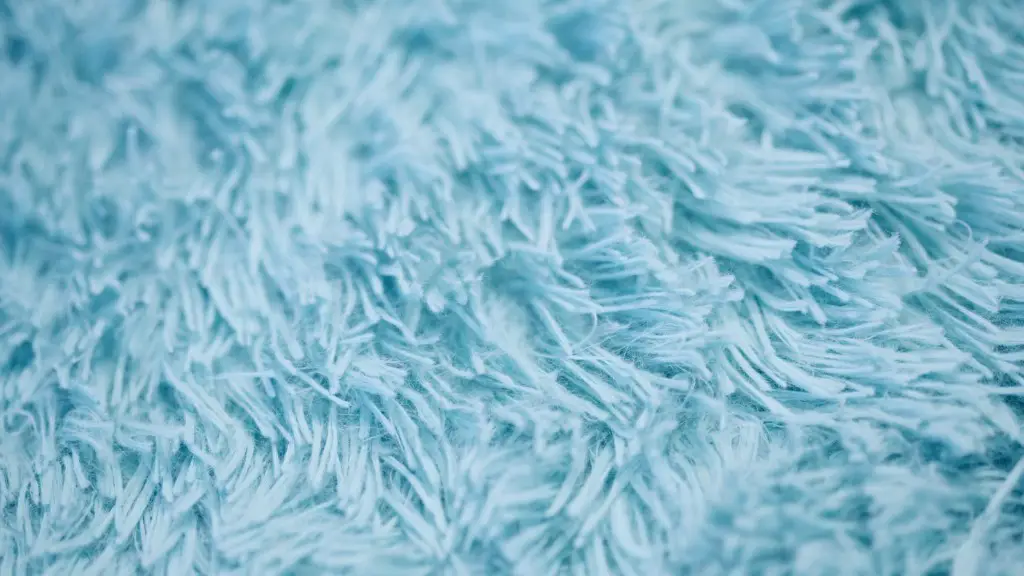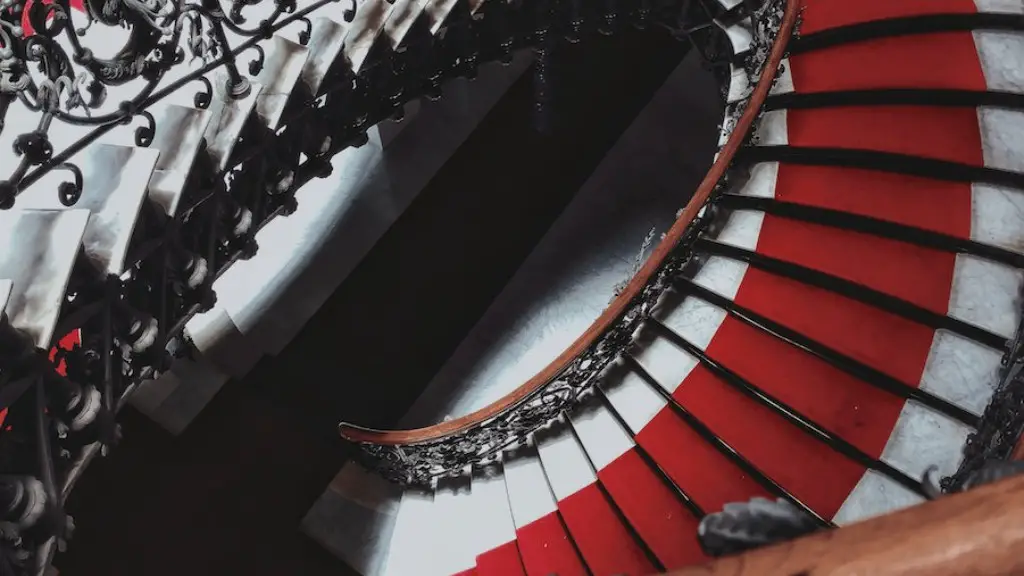Mold is a common problem in many homes, and it can be especially tricky to remove from carpeting. If you suspect that you have mold growing under your carpet, it’s important to take action quickly. Mold can cause serious health problems, so it’s not something you want to ignore.
Fortunately, there are a few things you can do to get rid of mold under your carpet. First, try to identify the source of the moisture that’s causing the mold to grow. If you can fix the problem, the mold will hopefully go away on its own. If the mold persists, you may need to use a special cleaner or even replace the affected section of carpet. No matter what you do, be sure to ventilate the area well to prevent the mold from spreading.
To remove mold under carpet, you will need to treat the area with a mold removal solution. You can find these solutions at your local hardware store. Once you have treated the area, you will need to vacuum it up.
What kills mold under carpet?
Hydrogen peroxide is an effective way to clean mold because it is a natural antifungal. To use, mix hydrogen peroxide with water in a spray bottle and apply to the affected area. Leave for 10 minutes, then wipe away.
If you have wall-to-wall carpeting or area rugs in your home, it’s important to be aware of the risk for mold growth. Carpeting located below ground level in basements, or in commonly moist or damp climates, is especially at risk for mold. If your carpeting has been wet for any period of time, it’s also at a higher risk for mold growth. If you suspect that mold is present in your carpeting, it’s important to have it professionally cleaned as soon as possible to prevent the spread of mold.
How do I know if there is mold under my carpet
If you see black or green spots on your carpet, it may be mold. Mold can develop in its advanced stages and cause discoloration. Keep in mind that the area underneath your carpet may develop discoloration before the carpet does.
If you have a wet carpet, it is important to act quickly to prevent mold growth. Mold can begin to grow within 24-48 hours of moisture being introduced, so time is of the essence. Carpet is never supposed to get wet, so if you have water under your carpets, behind baseboards or cabinets, or in other hard to reach areas, it is a potential mold time bomb.
What to do if you find black mold under carpet?
If you have black mold on your carpet, you’ll want to take care of it as soon as possible. Start by removing any excess moisture from the area (with a cloth, drying machine, or sponge). Then, use a disinfectant solution (such as alcohol or vinegar) to kill the bacteria and remove any staining. Finally, dry the area thoroughly to prevent the mold from coming back.
There are several reasons why black spots can form on carpets. The most common reason is that remnants of glue or rubber from the old carpet have been left behind and have started to blacken over time. Sometimes water stains can form after a carpet has been shampooed. Another possibility is that mold or mildew has begun to grow on the surface, which will leave black spots behind.
Can mold under carpet make you sick?
Exposure to damp and moldy environments can cause a variety of health effects, or none at all. Some people are sensitive to molds. For these people, exposure to molds can lead to symptoms such as stuffy nose, wheezing, and red or itchy eyes, or skin.
Mildew is a type of mold that can grow on surfaces that are damp. It can start to grow within 24 to 48 hours. Mildew can be white, gray, or black, and it can grow on any type of surface, including wood, fabric, drywall, and insulation. If you think you have mildew in your home, you should clean it up as soon as possible.
How do you get rid of mold under the floor
Mold can be a serious problem in any home or office. If you suspect that you have a mold problem, it is important to take action immediately. Scrubbing the affected area with a mixture of hot water and soap is a good first step. You can also use an appropriate mold and mildew cleaner to disinfect the area. You can also use a diluted bleach solution (mix 1 cup of bleach in 1 gallon of water) to spray directly onto the moldy floor and allow it to sit for 10 to 15 minutes.
Cladosporium is a type of mold that commonly thrives in damp areas of the home, such as bathrooms and basements. This mold can also be found in other dark and damp areas of the home, such as beneath sinks and damp carpeting. Cladosporium is usually brown, black or green in color. If you suspect that you have Cladosporium in your home, it is important to have a professional inspection and testing done in order to determine the extent of the problem and develop a plan for remediation.
What kind of mold grows in carpet?
Green mold is a type of fungus that can grow in moist areas. The most common cause of green mold growth is when water has been sitting in a carpet for too long and the moisture has caused it to grow. If you find green mold in your home, it’s important to clean it up as soon as possible to prevent the spread of the mold.
If you’re not prepared to handle major repairs like mold, termites, and a compromised foundation, then it’s probably best to walk away from this home. These issues can be very costly to fix and may not be worth the investment.
What does harmless black mold look like
When searching for black mold, look for circular-shaped spots that are black, dark green or dark brown. Some black mold can also take on shades of orange or have flecks of white within it. Most of the time, black mold has a slightly furry appearance. If you find any mold that matches this description, it’s important to have it removed by a professional as soon as possible, as it can be dangerous to your health.
If you notice a musty or stale smell in your home, it could be a sign of mold growth. Mold typically produces a strong, musty odor, which is caused by the hodgepodge of mVOCs (volatile organic compounds) that it releases into the air. In addition to mustiness, mVOCs can also produce earthy, rotten, or sour smells. If you notice any of these smells in your home, it’s important to investigate further to see if mold is present.
Will mold eventually go away?
Mold is a type of fungus that can grow and spread quickly in damp or humid conditions. Although mold needs moisture to grow, it can remain inactive for a while until it is exposed to moisture or high levels of humidity. Without constant moisture, mold will become inactive but they never die unless you get rid of them completely.
If you find mold on any of your belongings, it’s best to get rid of it as soon as possible. This is because mold can release toxins into the air, which can be harmful to your health. So if you have any items that are damaged or easy to replace, it’s best to get rid of them just to be safe.
How do you dry padding under carpet
When you leave your carpet pulled back, you create more airflow in the area. This helps to keep the area cooler and prevents the growth of mold and mildew.
Hydrogen peroxide is an effective mold killer because it produces oxygen when it decomposes, and mold cannot live in an oxygen-rich environment. Hydrogen peroxide is also effective because it is a strong oxidizing agent, which means it can break down the cell walls of mold spores and effectively kill them.
Final Words
1. Use a flashlight to identify moldy areas in your carpeting.
2. Vacuum the moldy areas with a HEPA-filtered vacuum.
3. Steam clean the moldy areas of your carpeting, using a carpet steamer.
4. Spot clean the moldy areas of your carpeting with a mold-killing household cleaner.
5. Allow your carpeting to dry completely.
6. If the moldy areas of your carpeting are extensive, you may need to replace the affected sections.
If you have mold under your carpet, you will need to remove it as soon as possible. Mold can cause serious health problems, so it is important to get rid of it as soon as you can. There are a few different ways to remove mold. You can use bleach, white vinegar, or hydrogen peroxide. You will also need to use a brush to scrub the mold away. Once you have removed the mold, you will need to dry the area thoroughly.





